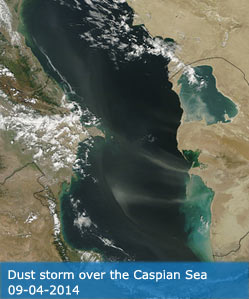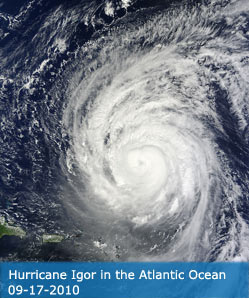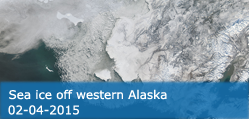Science Team
Publications
Zhang, WH; Liu, RG; He, JY; Liu, Y; Wu, C (2025). Global Fire Season Types and Their Characteristics Based on MODIS Burned Area Data. CHINESE GEOGRAPHICAL SCIENCE, 35(2), 374-383.
Abstract
Fire season affects the dynamic changes of post-fire vegetation communities and carbon emissions. Analyzing its global patterns supports understanding of the ecological impacts of fires and responses of fires to climate change. Meteorological variables have been widely used to quantify fire season in current studies. However, their results can not be used to assess climate impacts on the seasonality of fire activities. Here we utilized satellite-based Moderate Resolution Imaging Spectroradiometer (MODIS) burned area data from 2001 to 2022 to identify global fire season types based on the number of peaks within a year. Using satellite data and innovatively processing the data to obtain a more accurate length of the fire season. We divided fire season types and examined the spatial distribution of fire season types across the K & ouml;ppen-Geiger climate (KGC) zones. At a global scale, we identified three major fire season types, including unimodal (31.25%), bimodal (52.07%), and random (16.69%). The unimodal fire season primarily occurs in boreal and tropical regions lasting about 2.7 mon. In comparison, temperate ecosystems tend to have a longer fire season (3 mon) with two peaks throughout the year. The KGC zones show divergent contributions from the fire season types, indicating potential impacts of the climatic conditions on fire seasonality in these regions.
DOI:
10.1007/s11769-025-1501-x
ISSN:
1993-064X




